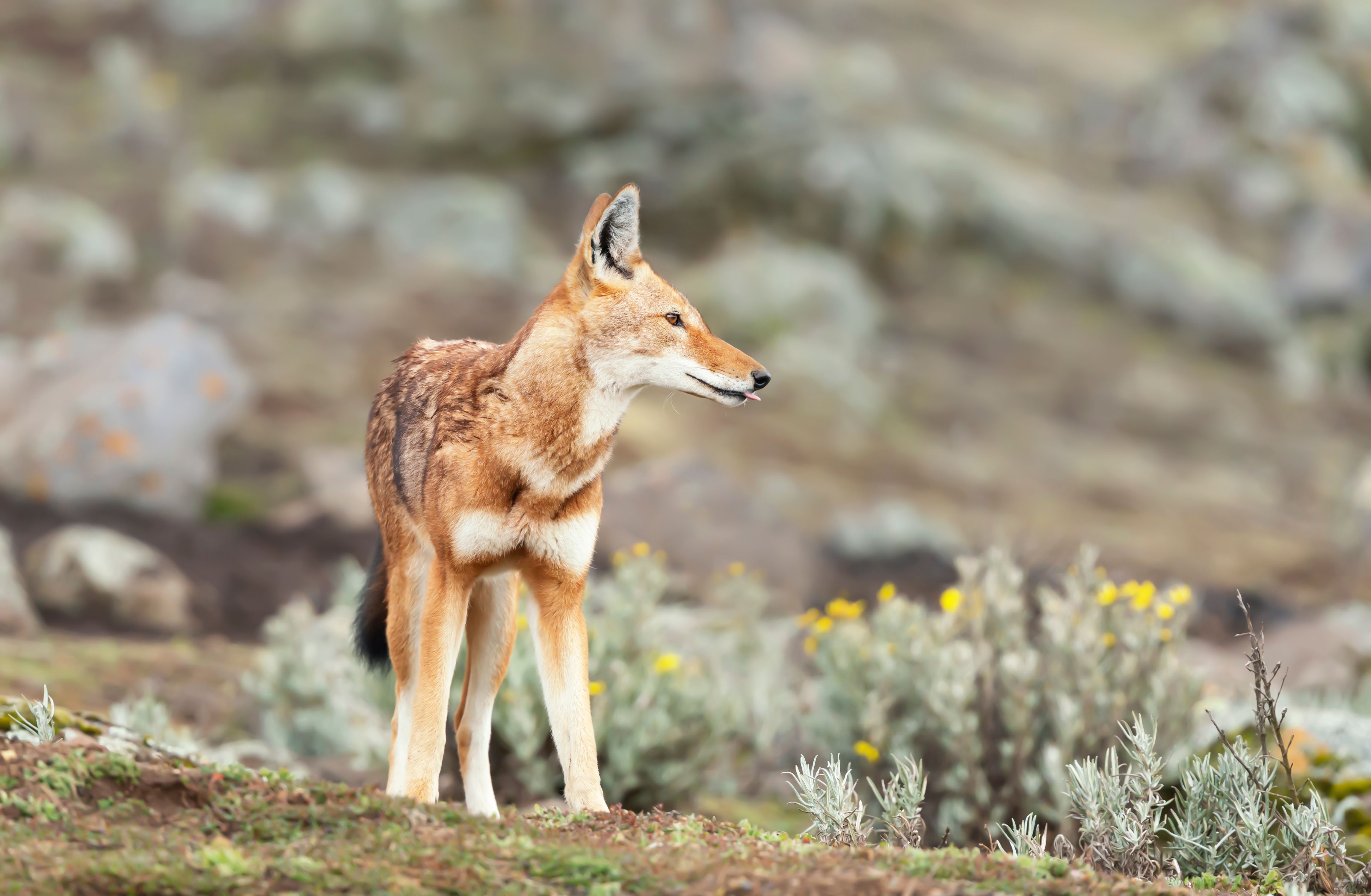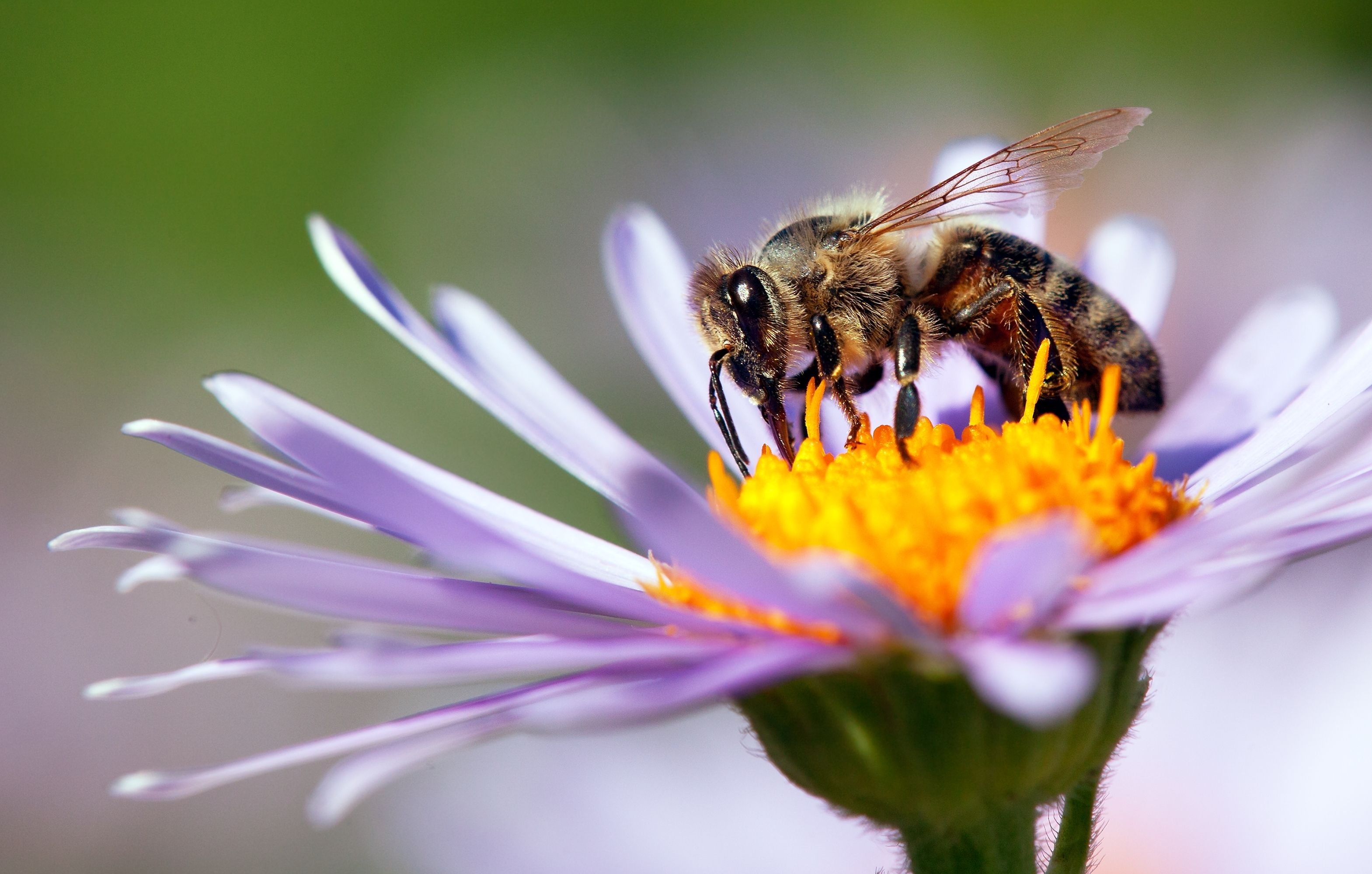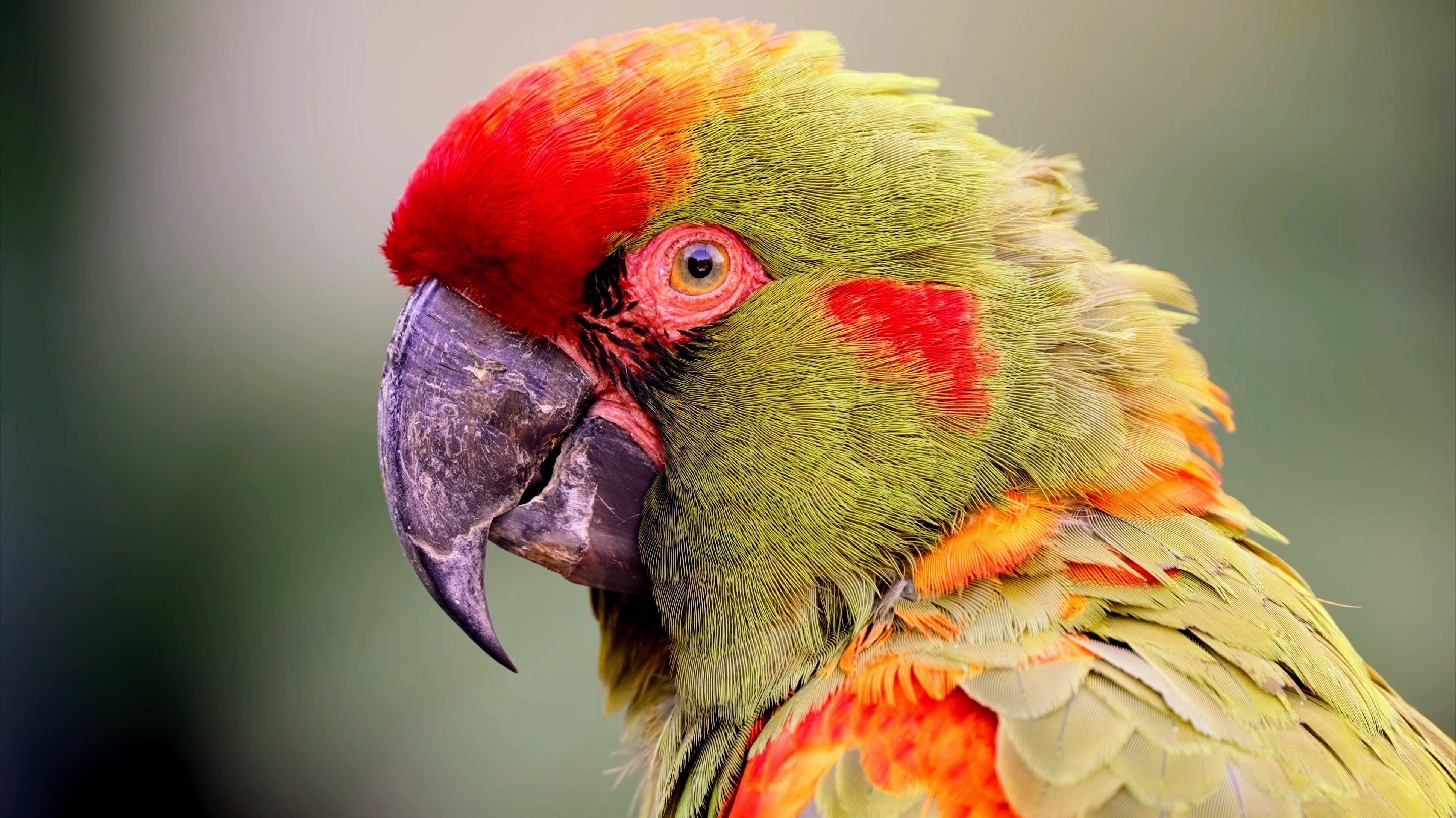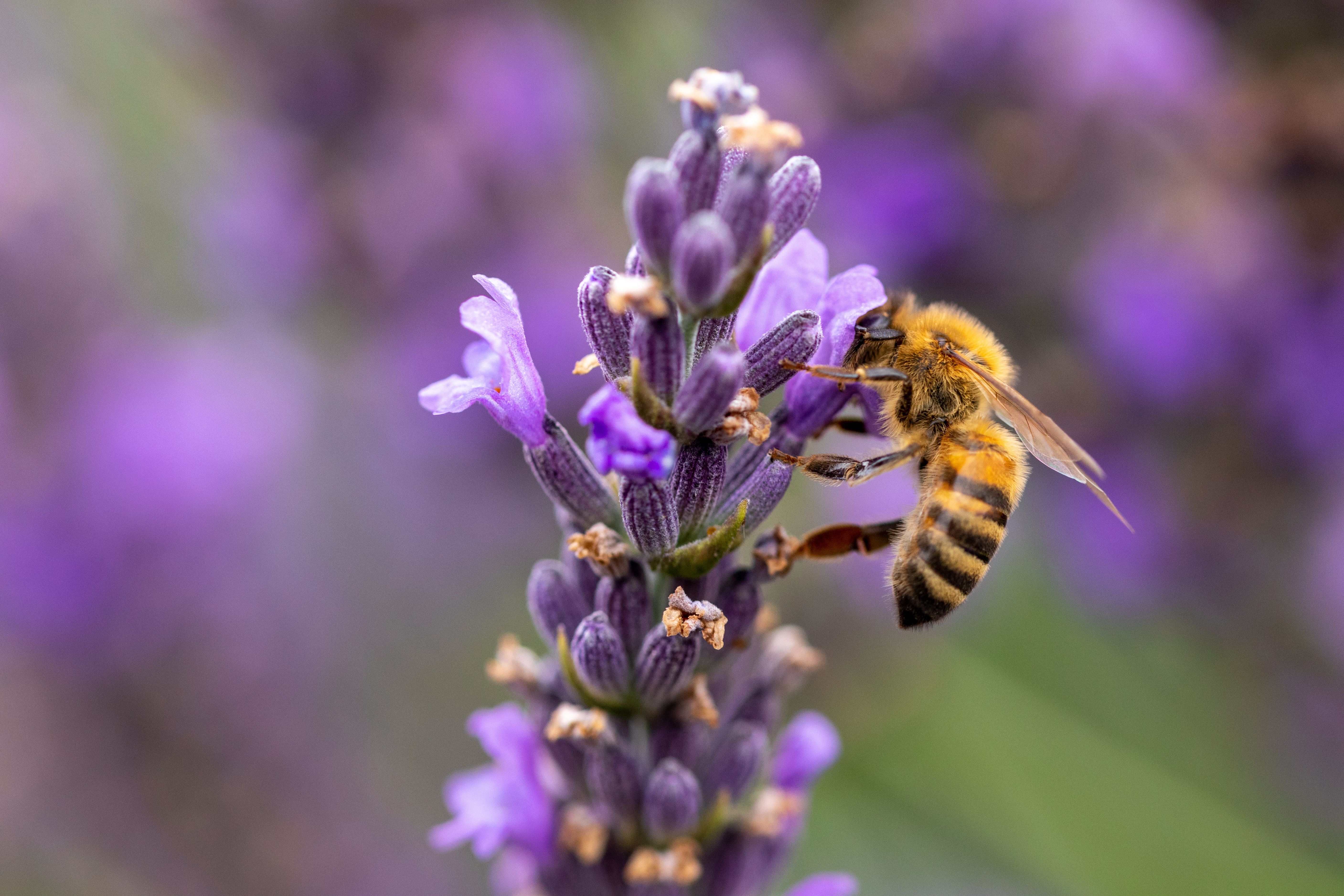New Pet Food Labeling Standards: What's New? Specialized News Column for Environmentalists and Environmentally Concerned Citizens On April 30, 2025, the Ministry of Agriculture, Food and Rural Affairs (MOFA) issued a notice of partial amendment to the ‘Standards and Specifications of Feed, etc.’, establishing separate labeling standards for pet food (dog and cat). This is an important change for consumers' right to know and fair competition in the industry, as the legal distinction between pet food and livestock food is not clear. The revision strengthens the responsibility of manufacturers and salespeople to prove each statement on the packaging of pet food. In particular, it requires the type of food (complete food/other food) to be labeled, the content to be labeled when emphasizing specific ingredients and functions, the product name to be strengthened, the responsibility of specialized retail salespeople to be expanded, and the labeling conditions to be subdivided into ‘...
Why (And How) Scientists Are Using Fake Pollen To Save America's Dying Honey Bees
Honey bees are vital to the environment. The western honey bee (Apis mellifera) ranks as the most frequent single pollinator species for crops worldwide. Bees provide a crucial ecosystem service, as an estimated 87.5% of flowering plant species are pollinated by animals.
Honeybees are dying at an alarming rate as beekeepers experience the "worst bee loss in recorded history" and over a million bee colonies died in the winter of 2024. Bees are dying because of several human-related stressors, one of which is inadequate nutrition, given the lack of diverse pollen sources due to habitat loss and the increase in monoculture.
To address this issue, researchers at Washington State University and APIX Biosciences NV in Belgium are working toward developing a new food source designed to conserve honey bee colonies that are suffering from lack of natural pollen. In their study published this month, they discuss how this fake pollen can be used to support continuous brood production for honey bee colonies.
 Related
RelatedDiscovery of Wolves 'Mimicking Bees' in Ethiopia Reveals Groundbreaking Pollination by Species
Endangered Abyssinian Wolves Observed Pollinating Flowers in Ethiopia, Making Them the First, Large Carnivorous Animal to Do So
A New Artificial Food Source Successfully Sustained Honey Bee Colonies
 Shutterstock
ShutterstockHoney Bee on a flower
To determine the ideal synthetic diet for honeybees, the researchers tested several different feeds on colonies, assessing their brood production and health. The field trials occurred in blueberry and sunflower fields, two crops known for poor pollen quality.
The new artificial pollen, Diet A, contained the six major pollen sterols, which are essential nutrients for honey bee growth, development, and overall health. The honey bee colonies that were fed Diet A performed the best, stably producing broods and exhibiting strong health.
The concentration and sterol profile in honey bees that were fed Diet A were similar to that of colonies foraging in nature, and remained stalwart over the course of the experiment. Despite various stressors imposed by experimental conditions, honey bees fed Diet A thrived.
These results demonstrated that a complete pollen-free, synthetic diet is capable of sustaining honey bee colony growth and health. This is exciting given that current artificial diets fail to fully meet the complex nutritional needs of honey bees. This is corroborated by this study, as colonies fed commercial diets (Diet E) drastically declined in their brood production, exhibited severe lethargy and neuromuscular issues, and eventually died out.
 Related
RelatedIt's Not Looking Good For Florida's Rarest Animal In The Wild
Florida's rarest animal has been facing declining numbers for years. With recent environmental changes, it may have just hit the point of no return.
Sterol Content Matters For Honey Bee Colony Sustainability
 Shutterstock
ShutterstockHoney bee on a flower
The researchers also tested several diets for comparison, seeking to determine the importance of two major sterols:Diet A: Complete nutrition with six major sterols
Diet B: Complete nutrition with five major sterols, excluding isofucosterol, the third most abundant sterol in honey bees
Diet C: Complete nutrition with five major sterols, excluding 24-methylenecholestrol (24MC), the most abundant sterol in honey bees
Diet D: Internal reference diet used to compare experiments and trial seasons
Diet E: Commercial feed
Due to its abundance, previous research has considered 24MC to be the key sterol in honeybee health and development. And yet, this study found that colonies that consumed Diet B were worse off than those fed Diet C.
Honey bees fed Diet B had significantly reduced brood production, as they only generated 36% of the brood production of colonies that consumed Diet A. They also exhibited impaired movement and neuromuscular coordination.
Due to their reduced larval populations and adult paralysis, colonies fed an isofucosterol-deficient diet experienced collapse. This indicates that isofucosterol is a critical and previously unrecognized essential nutrient for honey bees, and thus must be included in synthetic feed.
While it was not as significant as groups fed Diet B, colonies that consumed Diet C still suffered. These honey bees exhibited decreased brood production, as well as slower movement. However, they otherwise showed normal movement compared to wild bees and did not experience collapse, unexpectedly demonstrating that 24MC is not as vital as isofucosterol for honey bee health and reproduction.
 Related
RelatedThe World's Rarest Animals: 10 Species On The Brink Of Extinction
Millions of animals are at risk, but what are the rarest animals in the world? These are some of the most endangered animals, teetering on extinction.
Can Synthetic Pollen Help Save Honey Bees?
 Shutterstock
ShutterstockHoneybee on flower
Given its success, the newly developed food source (Diet A) is a breakthrough in sustaining threatened honey bee populations. In undesirable conditions, this artificial pollen containing all the necessary nutrients for honey bees sustained colonies, and thus could become a potent strategy for honey bee population recovery.
The researchers are hopeful about their innovation. The product is estimated to become available for purchase in the United States around mid-2026, and could greatly help honey bees and agriculture. Beekeepers across the U.S. could use this groundbreaking product to successfully pollinate their crop fields, including those that are not particularly nutritious for honeybees, such as blueberries.
Bees, along with other pollinators such as stunning monarch butterflies, which are now threatened, are integral parts of ecosystems. Bees not only create delicious honey (including magical purple honey only in the Sandhills of North Carolina), but facilitate plant growth and biodiversity. With this groundbreaking new food source, perhaps we can save these vital animals.
Honey bees are vital to the environment. The western honey bee (Apis mellifera) ranks as the most frequent single pollinator species for crops worldwide. Bees provide a crucial ecosystem service, as an estimated 87.5% of flowering plant species are pollinated by animals.
Honeybees are dying at an alarming rate as beekeepers experience the "worst bee loss in recorded history" and over a million bee colonies died in the winter of 2024. Bees are dying because of several human-related stressors, one of which is inadequate nutrition, given the lack of diverse pollen sources due to habitat loss and the increase in monoculture.
To address this issue, researchers at Washington State University and APIX Biosciences NV in Belgium are working toward developing a new food source designed to conserve honey bee colonies that are suffering from lack of natural pollen. In their study published this month, they discuss how this fake pollen can be used to support continuous brood production for honey bee colonies.
 Related
RelatedDiscovery of Wolves 'Mimicking Bees' in Ethiopia Reveals Groundbreaking Pollination by Species
Endangered Abyssinian Wolves Observed Pollinating Flowers in Ethiopia, Making Them the First, Large Carnivorous Animal to Do So
A New Artificial Food Source Successfully Sustained Honey Bee Colonies
 Shutterstock
ShutterstockHoney Bee on a flower
To determine the ideal synthetic diet for honeybees, the researchers tested several different feeds on colonies, assessing their brood production and health. The field trials occurred in blueberry and sunflower fields, two crops known for poor pollen quality.
The new artificial pollen, Diet A, contained the six major pollen sterols, which are essential nutrients for honey bee growth, development, and overall health. The honey bee colonies that were fed Diet A performed the best, stably producing broods and exhibiting strong health.
The concentration and sterol profile in honey bees that were fed Diet A were similar to that of colonies foraging in nature, and remained stalwart over the course of the experiment. Despite various stressors imposed by experimental conditions, honey bees fed Diet A thrived.
These results demonstrated that a complete pollen-free, synthetic diet is capable of sustaining honey bee colony growth and health. This is exciting given that current artificial diets fail to fully meet the complex nutritional needs of honey bees. This is corroborated by this study, as colonies fed commercial diets (Diet E) drastically declined in their brood production, exhibited severe lethargy and neuromuscular issues, and eventually died out.
 Related
RelatedIt's Not Looking Good For Florida's Rarest Animal In The Wild
Florida's rarest animal has been facing declining numbers for years. With recent environmental changes, it may have just hit the point of no return.
Sterol Content Matters For Honey Bee Colony Sustainability
 Shutterstock
ShutterstockHoney bee on a flower
The researchers also tested several diets for comparison, seeking to determine the importance of two major sterols:Diet A: Complete nutrition with six major sterols
Diet B: Complete nutrition with five major sterols, excluding isofucosterol, the third most abundant sterol in honey bees
Diet C: Complete nutrition with five major sterols, excluding 24-methylenecholestrol (24MC), the most abundant sterol in honey bees
Diet D: Internal reference diet used to compare experiments and trial seasons
Diet E: Commercial feed
Due to its abundance, previous research has considered 24MC to be the key sterol in honeybee health and development. And yet, this study found that colonies that consumed Diet B were worse off than those fed Diet C.
Honey bees fed Diet B had significantly reduced brood production, as they only generated 36% of the brood production of colonies that consumed Diet A. They also exhibited impaired movement and neuromuscular coordination.
Due to their reduced larval populations and adult paralysis, colonies fed an isofucosterol-deficient diet experienced collapse. This indicates that isofucosterol is a critical and previously unrecognized essential nutrient for honey bees, and thus must be included in synthetic feed.
While it was not as significant as groups fed Diet B, colonies that consumed Diet C still suffered. These honey bees exhibited decreased brood production, as well as slower movement. However, they otherwise showed normal movement compared to wild bees and did not experience collapse, unexpectedly demonstrating that 24MC is not as vital as isofucosterol for honey bee health and reproduction.
 Related
RelatedThe World's Rarest Animals: 10 Species On The Brink Of Extinction
Millions of animals are at risk, but what are the rarest animals in the world? These are some of the most endangered animals, teetering on extinction.
Can Synthetic Pollen Help Save Honey Bees?
 Shutterstock
ShutterstockHoneybee on flower
Given its success, the newly developed food source (Diet A) is a breakthrough in sustaining threatened honey bee populations. In undesirable conditions, this artificial pollen containing all the necessary nutrients for honey bees sustained colonies, and thus could become a potent strategy for honey bee population recovery.
The researchers are hopeful about their innovation. The product is estimated to become available for purchase in the United States around mid-2026, and could greatly help honey bees and agriculture. Beekeepers across the U.S. could use this groundbreaking product to successfully pollinate their crop fields, including those that are not particularly nutritious for honeybees, such as blueberries.
Bees, along with other pollinators such as stunning monarch butterflies, which are now threatened, are integral parts of ecosystems. Bees not only create delicious honey (including magical purple honey only in the Sandhills of North Carolina), but facilitate plant growth and biodiversity. With this groundbreaking new food source, perhaps we can save these vital animals.Honey bees are vital to the environment. The western honey bee (Apis mellifera) ranks as the most frequent single pollinator species for crops worldwide. Bees provide a crucial ecosystem service, as an estimated 87.5% of flowering plant species are pollinated by animals.
Honeybees are dying at an alarming rate as beekeepers experience the "worst bee loss in recorded history" and over a million bee colonies died in the winter of 2024. Bees are dying because of several human-related stressors, one of which is inadequate nutrition, given the lack of diverse pollen sources due to habitat loss and the increase in monoculture.
To address this issue, researchers at Washington State University and APIX Biosciences NV in Belgium are working toward developing a new food source designed to conserve honey bee colonies that are suffering from lack of natural pollen. In their study published this month, they discuss how this fake pollen can be used to support continuous brood production for honey bee colonies.
 Related
RelatedDiscovery of Wolves 'Mimicking Bees' in Ethiopia Reveals Groundbreaking Pollination by Species
Endangered Abyssinian Wolves Observed Pollinating Flowers in Ethiopia, Making Them the First, Large Carnivorous Animal to Do So
A New Artificial Food Source Successfully Sustained Honey Bee Colonies
 Shutterstock
ShutterstockHoney Bee on a flower
To determine the ideal synthetic diet for honeybees, the researchers tested several different feeds on colonies, assessing their brood production and health. The field trials occurred in blueberry and sunflower fields, two crops known for poor pollen quality.
The new artificial pollen, Diet A, contained the six major pollen sterols, which are essential nutrients for honey bee growth, development, and overall health. The honey bee colonies that were fed Diet A performed the best, stably producing broods and exhibiting strong health.
The concentration and sterol profile in honey bees that were fed Diet A were similar to that of colonies foraging in nature, and remained stalwart over the course of the experiment. Despite various stressors imposed by experimental conditions, honey bees fed Diet A thrived.
These results demonstrated that a complete pollen-free, synthetic diet is capable of sustaining honey bee colony growth and health. This is exciting given that current artificial diets fail to fully meet the complex nutritional needs of honey bees. This is corroborated by this study, as colonies fed commercial diets (Diet E) drastically declined in their brood production, exhibited severe lethargy and neuromuscular issues, and eventually died out.
 Related
RelatedIt's Not Looking Good For Florida's Rarest Animal In The Wild
Florida's rarest animal has been facing declining numbers for years. With recent environmental changes, it may have just hit the point of no return.
Sterol Content Matters For Honey Bee Colony Sustainability
 Shutterstock
ShutterstockHoney bee on a flower
The researchers also tested several diets for comparison, seeking to determine the importance of two major sterols:Diet A: Complete nutrition with six major sterols
Diet B: Complete nutrition with five major sterols, excluding isofucosterol, the third most abundant sterol in honey bees
Diet C: Complete nutrition with five major sterols, excluding 24-methylenecholestrol (24MC), the most abundant sterol in honey bees
Diet D: Internal reference diet used to compare experiments and trial seasons
Diet E: Commercial feed
Due to its abundance, previous research has considered 24MC to be the key sterol in honeybee health and development. And yet, this study found that colonies that consumed Diet B were worse off than those fed Diet C.
Honey bees fed Diet B had significantly reduced brood production, as they only generated 36% of the brood production of colonies that consumed Diet A. They also exhibited impaired movement and neuromuscular coordination.
Due to their reduced larval populations and adult paralysis, colonies fed an isofucosterol-deficient diet experienced collapse. This indicates that isofucosterol is a critical and previously unrecognized essential nutrient for honey bees, and thus must be included in synthetic feed.
While it was not as significant as groups fed Diet B, colonies that consumed Diet C still suffered. These honey bees exhibited decreased brood production, as well as slower movement. However, they otherwise showed normal movement compared to wild bees and did not experience collapse, unexpectedly demonstrating that 24MC is not as vital as isofucosterol for honey bee health and reproduction.
 Related
RelatedThe World's Rarest Animals: 10 Species On The Brink Of Extinction
Millions of animals are at risk, but what are the rarest animals in the world? These are some of the most endangered animals, teetering on extinction.
Can Synthetic Pollen Help Save Honey Bees?
 Shutterstock
ShutterstockHoneybee on flower
Given its success, the newly developed food source (Diet A) is a breakthrough in sustaining threatened honey bee populations. In undesirable conditions, this artificial pollen containing all the necessary nutrients for honey bees sustained colonies, and thus could become a potent strategy for honey bee population recovery.
The researchers are hopeful about their innovation. The product is estimated to become available for purchase in the United States around mid-2026, and could greatly help honey bees and agriculture. Beekeepers across the U.S. could use this groundbreaking product to successfully pollinate their crop fields, including those that are not particularly nutritious for honeybees, such as blueberries.
Bees, along with other pollinators such as stunning monarch butterflies, which are now threatened, are integral parts of ecosystems. Bees not only create delicious honey (including magical purple honey only in the Sandhills of North Carolina), but facilitate plant growth and biodiversity. With this groundbreaking new food source, perhaps we can save these vital animals.
댓글
댓글 쓰기